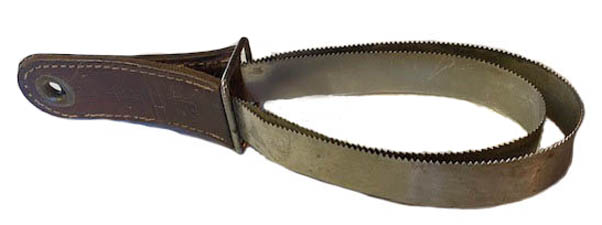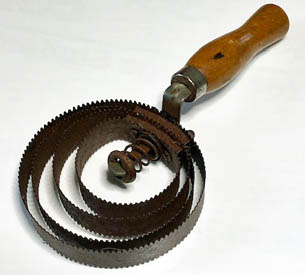

|
You might be surprised that I am doing a discussion on grooming horses. We all know how to do it and is there really anything new to say about it? Please bear with me. We learn and figure out things as we go and often fail to remember the reasons why we are doing things in certain ways. I am also writing this for the benefit of our newer riders and horse owners. So, what might the very basic principles be?
Grooming is not just about the appearance of the horse. It is an important component of keeping a healthy horse. Grooming maintains healthy skin’s ability to function as a natural disease barrier. It stimulates circulation, massages superficial muscles, and distributes the oils in his skin. While grooming avoid forcefully currying bony areas and other sensitive spots. Press only as hard as the horse will tolerate. You can gently work near the eye, but absolutely do not flick dirt into the horse’s eye. When grooming also avoid a mare’s udders. Periodically remove dirt build up from your grooming tools. Also, it is accepted practice not to use the same tools with multiple horses because you might risk introducing a skin disease to another horse.
I had a good look at my horses yesterday and they were total dirt balls. We had had a couple warm days that were enough to soften areas where they like to roll and they had at it. This is a behavior seen in all equids, even zebras. So, why is it that the domestic horse seems dirtier than his wild counterpart? I have seen close-up images of wild horses and they do not appear particularly dirty or ill kept. The obvious answer to why is that we keep our horses in unnatural settings. Wild horses are creatures of grasslands that keep moving on. There are not a lot of muddy areas in their environment. Our horses are stuck in overgrazed pastures and have access to much more mud than their wild counterparts. This is the real reason that we are spending all this time grooming.
All grooming is not the same. We groom with different goals in mind. If you are going to a show or a fox chase, you want to present an immaculate animal to onlookers. I have limited experience with that kind of grooming. When my wife was doing a lot of showing, I was always the one holding the horse and she did all the grooming work.
The grooming that I have experience doing is the more day to day, functional grooming that you do before you ride a horse or when they have gone without attention longer than is desirable. Your purpose prior to a ride is to get going and not to spend hours grooming. Cross tying your horse, if you have the ability, makes grooming easier, but always use safety snaps. A horse who has not experienced being cross tied may pull back. Be vigilant your first few times, both for your benefit and that of the horse. You do not want to explain that black eye to all your co-workers over and over. We have all been taught to groom with a curry comb in the direction the hair grows and remove any caked dirt. There is one tip I can give you. If there is an area of heavy caked mud, do not attack it directly. That would jerk the animal’s hair. What you should do is pick an area of cleaner coat on the edge of the mud caked area and move your curry comb about two inches into the caked area. Then set the curry comb down and comb into the normal area, breaking up the cake. Repeat the process until you have all the mud off. A gentle twisting motion as you move helps break up the mud without disturbing the horse. You may find if you master this technique that you horse will stop acting like he wants to bite you.
After you have curried your animal next comes brushing to remove the dirt that the currying has broken it up. Many horses really enjoy being brushed. You see their eyes get heavy, their neck sag and their body relax. There is a problem if you brush too vigorously. Static electricity builds up and pulls the fine dirt back onto the coat, wasting your time and effort. The answer is to take your time brushing. You will find do a better job and in about the same time. Rubber grooming mitts, if you have them, are great for a finial wiping dust off your horse. I have them but only use them when my horse is particularly dusty.
Here is another trick that can help while brushing. After brushing with the bristles flat against the coat for a distance, flick your wrist upwards and have the brush finish at an angle to the coat as you go. You will see a lot of grit particles spin upwards that otherwise you would leave behind with a normal stroke. This works particularly well if there is a slight breeze in the area you are working that can carry the grit off. You do not need to do this all over the animal, but it is helpful in the certain areas; for example, where the saddle pad sits.

|
Another aspect of grooming is shedding out the winter coat. This is seasonal and triggered by lengthening of daylight after the first of the year. If a horse is muddy, which is frequently the case, a shedding blade is equally effective in removing dirt. You should first focus on the dirt with a light touch and multiple strokes. Once the dirt is removed use heaver pressure to shed the same area. I use two types of blades while shedding. One is the double band blade type (pictured above). This has two handles and two blades which can be used either folded together or extended in an open position. This type works well over large open areas of the body. The other type that I use features a single handle from which two circular blades extend. It works well is smaller curved areas, where it is hard to configure the band type blades to fit.

|